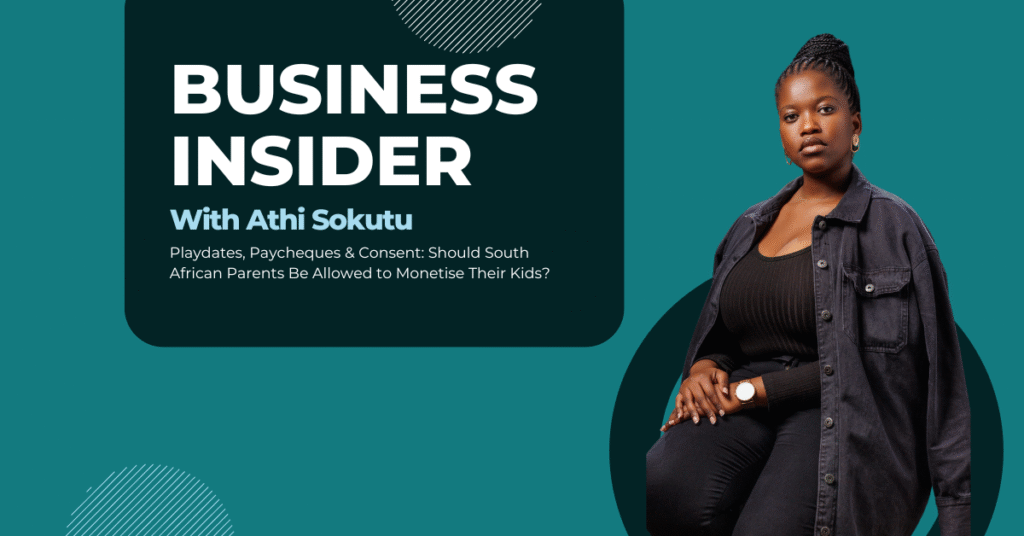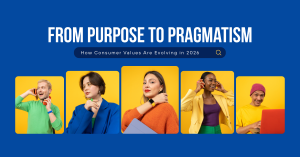A four-year-old in a tutu unboxing toys. A six-year-old doing GRWM (Get Ready with Me) content for preschool. At first glance, it’s just cute, chaotic internet fun. But in reality, it’s child labour wrapped in pastel filters and algorithm-friendly giggles.
Welcome to the world of kidfluencing: Where your first job might start before you can even spell your own name. Kidfluencing, by definition, is the monetised use of children, often by parents, as social media personalities to promote brands, products, or content online.
Is There a Right Way to Raise a Kidfluencer? I think somewhere here we need to delve into what is kidfluencing?
It’s easy to place blame on “clout-chasing” parents, but that’s a reductive take. Many parents genuinely believe they’re creating opportunities, documenting memories or just having fun. And yes, some children enjoy performing and feel empowered through content creation.
The problem isn’t necessarily that kids appear in content. It’s how they do. Are they being paid? Do they understand what’s happening? Do they have the right to say no? Do they have privacy offline? If the answer is “no” to most of these, we’re veering into dangerous territory.
The Child Behind the Camera
Parents across social media have shared strange, even disturbing, moments: strangers in public wanting to pick up their child, talk to them as if they know them, or photograph them without permission. They’re people who’ve seen the child online and feel entitled to interact with them, forgetting that the child has no clue who they are.
This is the part we’re not talking about enough: what happens when a child becomes a public figure before they can fully speak? When their identity is shaped, owned and monetised by others?
The most jarring consequence isn’t just about lack of consent. It’s about the lesson being taught. That your time, space and body are not just yours; they belong to the internet too.
We’re entering an era where more children will be known online before they’re known in their own classrooms. Where their face might appear in thousands of homes, but they still need help tying their shoes. In the process, we’re rewriting the rules of childhood, without their permission.
Cute… But At What Cost?
Globally, the red flags are rising. In France, children under 16 who appear in monetised online content are now protected by law. Their working hours are regulated, earnings are placed in a protected account, and their image rights are legally recognised. In the United States, pressure is mounting on platforms and parents alike to define digital child labour and pass legislation around it.
And in some high-profile cases, kids have gone as far as suing their own parents for emancipation; tired of being coerced into content creation they never consented to. In France, a teenage girl’s lawsuit over embarrassing online baby photos raised national concern around parental “oversharing” and sparked a broader movement to protect children’s digital identities.
Meanwhile, in South Africa, the laws are still catching up. According to Schoeman Law Inc., local legislation does not yet fully recognise content creation as a form of employment, despite the reality that when money changes hands, a job is being performed. The United Nations University now classifies much of this activity as a form of digital child labour, arguing that children are being commodified for brand deals and social capital in ways that echo past forms of exploitation, only this time, the stage is digital, and the labour is emotional.
This Isn’t Just “Fun” Anymore
Documentaries like “Bad Influence: The Dark Side of Kidfluencing” and “Born to Be Viral” make the emotional toll impossible to ignore. Children pushed into content creation report burnout, anxiety, and identity issues. One former child star featured in Born to Be Viral recalls having their breakdowns edited for laughs and brand engagement.
There is a danger here that goes beyond screen time. We’re teaching children, from toddlerhood, that performance equals praise. That being “on” is more valuable than being whole. And that love, both from strangers and sometimes from family, may be conditional on their ability to entertain.
This is not to say that every parent is exploiting their child. Many mean well. Some believe they’re capturing memories, bonding creatively, or offering their children opportunities. But intent doesn’t erase impact. When the line between parenting and performing blurs, we need to ask: whose benefit is this really for?
A Little Person First
This isn’t just about contracts, earnings or industry regulation. It’s about remembering that behind every “little influencer” is a little person who deserves more than likes. Some children might be smiling on camera, but have no real say in whether they want to be there at all. Maybe it’s time to rethink what we double-tap—and who pays the price for our entertainment.Which is why we, as Style ID, will always stand for the ethical use of all influencers, regardless of age, to tell meaningful brand stories at the cost of no one’s well-being. We remain committed to empowering our influencer community through resources and tailored platforms that educate and promote transparency, so creators and their families can thrive in this industry responsibly, not recklessly.




